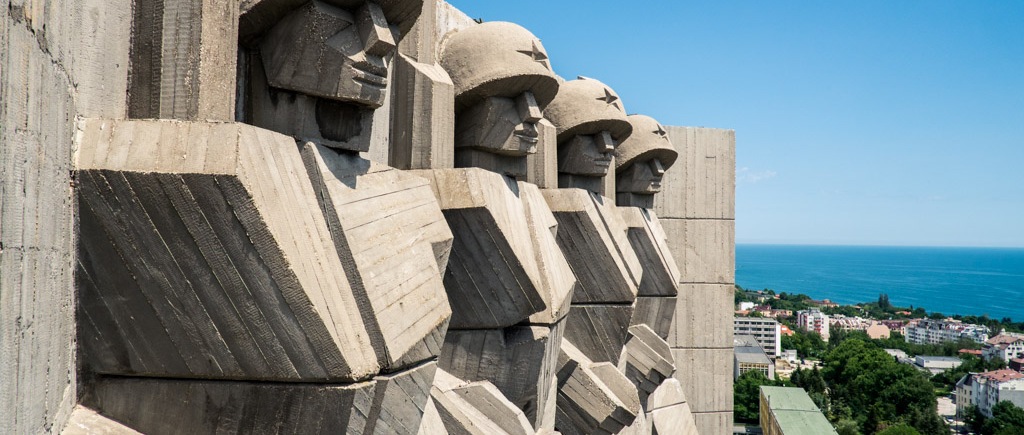Welcome to my Digital Humanities project! As a Summer 2016 Digital Humanities scholar in Lafayette College (thanks to “The Andrew W. Mellon Foundation” grant), I spent 6 weeks researching how Bulgaria’s “double liberation” and close sense of brotherhood with Russia has played a role in the government’s treatment of Soviet monuments.
To accompany my research findings (which you can find on the Double Liberation menu above), I created a map, which will hopefully grant users a clearer visualization of the data I used. Additionally, the Double Liberation menu contains two timeline links – when you are done viewing them, you can click on the “Back” button in your browser to return to this webpage. These links are also available in the page footers widgets. One of them depicts the most popular Soviet monuments in Bulgaria, while the other one depicts how society has used the Monument to the Soviet Army in the capital city Sofia as means of expressing political and social opinions.
If you click on the following symbol on the map:  , you will be able to see the different layers of the map. Once they are visible, you will be able to understand what the color-coding of the points signifies. Moreover, you will be able to choose by what category you would like the monuments to be color-coded. Please make sure that you only choose one category at a time!
, you will be able to see the different layers of the map. Once they are visible, you will be able to understand what the color-coding of the points signifies. Moreover, you will be able to choose by what category you would like the monuments to be color-coded. Please make sure that you only choose one category at a time!
By clicking on any point, you will be able to see additional information about the monument, such as the year it was established, who it commemorates, how it has been treated by society and by the government, and a photograph. To gain the most out of viewing this map, it is highly recommended that you use these features.
